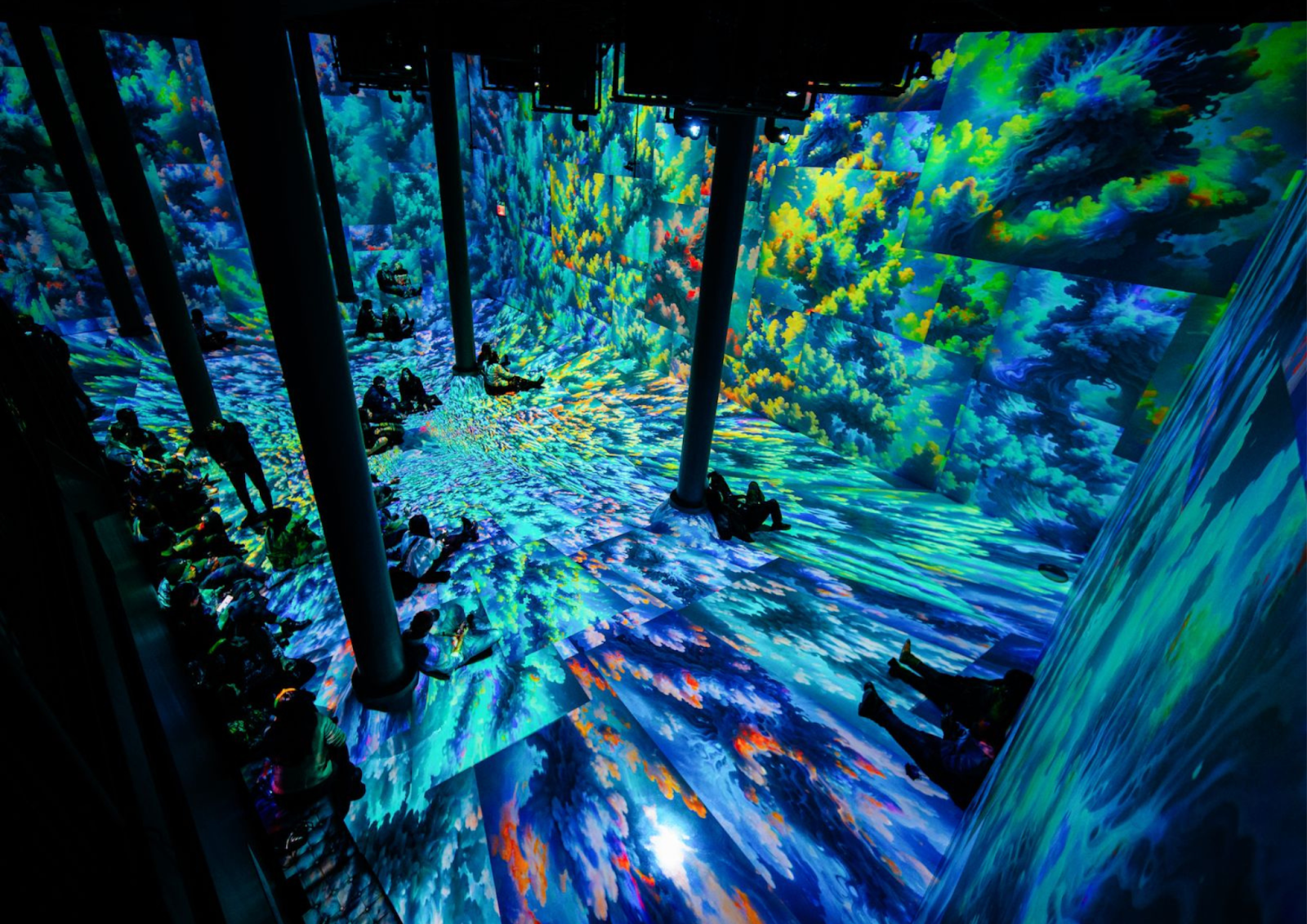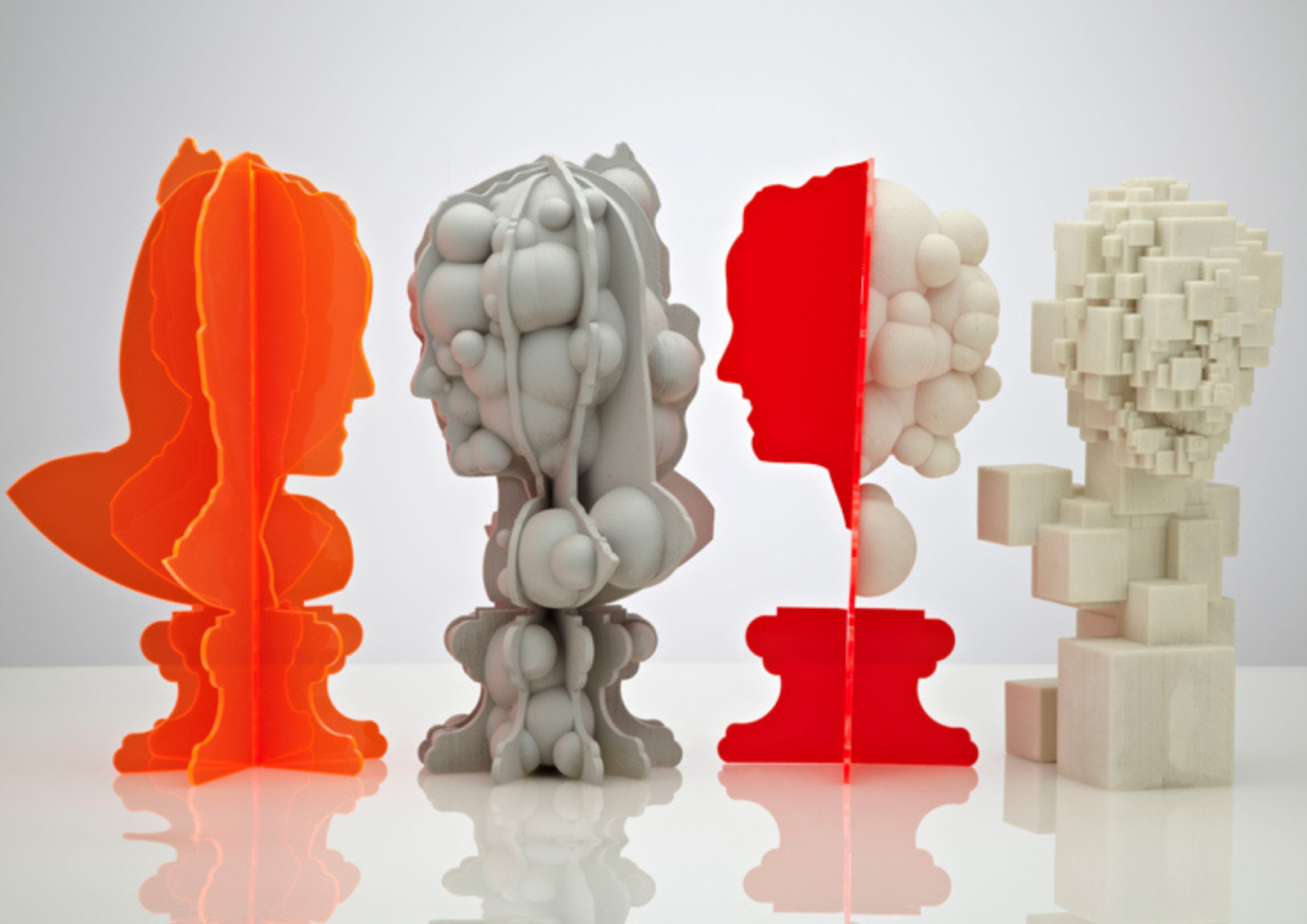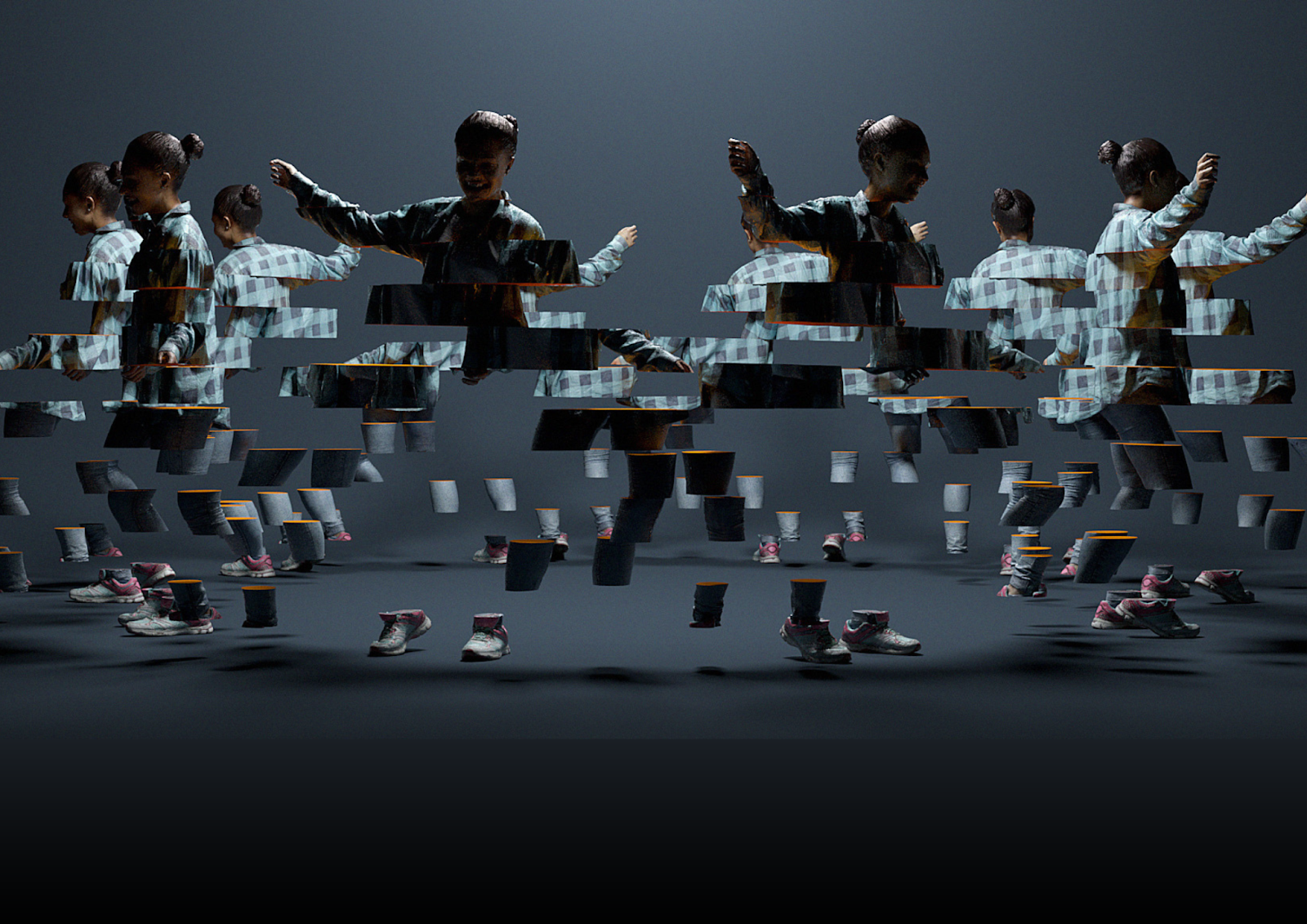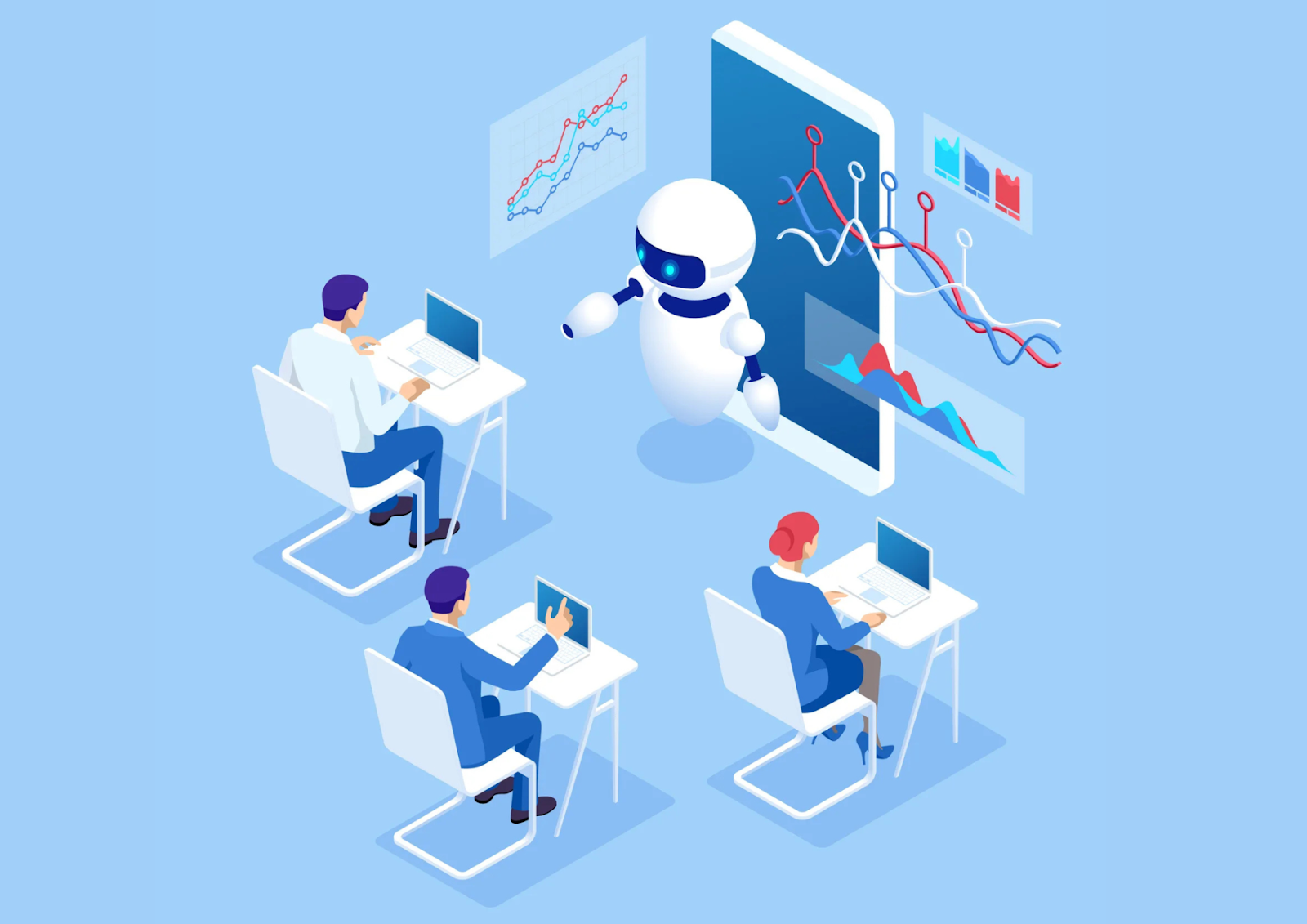.png)
The Intersection of Art and Technology: How Digital Art is Shaping the Future
Have you ever thought about how just one click of a mouse can turn into a masterpiece? Technology has opened doors for art in ways we never imagined. In today’s world, where screens dominate our daily lives, digital platforms have become a new canvas for art. Digital art isn’t just an evolution; it’s a revolution. From stunning digital painting to immersive VR (the type of virtual reality) experiences. The intersection of art and technology is reshaping the future of creativity.
What is Digital Art?
Digital art is artwork created or improved with the help of digital tools. It covers many styles and techniques, such as digital painting, 3D modeling, graphic design, video art, and animation. Unlike traditional art, digital art often uses software, tablets, or even artificial intelligence to create or edit images.
Some Popular Types of Digital Art
- Digital paintings: Made with software like Photoshop or Procreate.
- 3D models and sculptures: Created using tools like Blender or Maya, often brought to life with animation.
- Graphic design: Mixing images, text, and colors to share a message, common in ads and media.
- Generative art: Artwork made with the help of algorithms or AI.
- AR/VR art: Immersive experiences that let people enjoy art in virtual worlds.
How Technology is Changing the Art World
For a long time, art stayed the same, relying on traditional forms like painting, sculpture, and photography. But with the growth of technology, art has changed in amazing ways. The digital revolution gave artists new tools to create. It also allowed people to experience art in new and exciting ways.
The mix of art and technology is making art more accessible to everyone. Online platforms and social media now play a big role in sharing art. It also allowed people from anywhere in the world to enjoy it. Blockchain is changing how art is verified and owned. It also brings new opportunities to the art world. Artificial intelligence is playing a big role in the future of art. Artists use AI to create new forms of expression and innovation.
How Digital Art Is Changing the Art World
AI is opening new doors for the future of art. From creating new artworks to helping artists explore ideas, AI is reshaping creativity. Here are some ways AI is changing the future of art.
1. Accessibility for Artists and Audiences
One big advantage of digital art is that it’s easy to access. Artists don’t need costly tools, big studios, or traditional materials anymore. A tablet, stylus, or laptop is enough to make professional artwork.
Digital art can also reach more people. Artists can share their work on social media, online platforms, or digital galleries, connecting with a global audience. Sites like Instagram, DeviantArt, and Behance are platforms where artists can share their creations with millions.
2. Interactive and Immersive Art Experiences
 Technology makes the art more interactive. Virtual and Augmented Reality (VR/AR) add new dimensions to art. With VR headsets, people can step inside digital installations and feel like they are part of the artwork. Interactive art lets viewers engage in real time, turning art into a lively experience.
Technology makes the art more interactive. Virtual and Augmented Reality (VR/AR) add new dimensions to art. With VR headsets, people can step inside digital installations and feel like they are part of the artwork. Interactive art lets viewers engage in real time, turning art into a lively experience.
For example:
The Japanese group teamLab creates digital exhibitions where visitors can touch and move the art, changing it as they walk through. These immersive experiences go beyond traditional art, making the audience active participants.
3. AI and Generative Art
In recent years, artificial intelligence (AI) has become part of the art world. AI-generated art is a new kind of digital art that uses machine learning to create images from data. Instead of following strict instructions, AI can study patterns, learn, and make unique artworks that often look human-made.
Another type is generative art, where computers use algorithms to create the final artwork. Here, artists and programmers work with computers, and the results depend on code and random choices.
AI tools like DeepArt and DALL·E can create amazing images from just a few words, showing how humans and machines can work together in creativity.
4. 3D Printing in Art: A Revolution in Sculpture
 One of the biggest changes in art today is 3D printing, especially in sculpture. This technology has changed how sculptures are made, giving artists new ways to create. Things that once seemed too hard or too expensive can now be done quickly and easily with 3D printing.
One of the biggest changes in art today is 3D printing, especially in sculpture. This technology has changed how sculptures are made, giving artists new ways to create. Things that once seemed too hard or too expensive can now be done quickly and easily with 3D printing.
With 3D printing, artists can turn ideas into real objects quickly, even making complex shapes. It also makes sculpture cheaper and easier, so more people can create and experiment.
5. NFTs in the Modern Art World
Another trend in digital art is NFTs (Non-Fungible Tokens). NFTs are unique digital items checked by blockchain that prove ownership of digital art. They allow artists to sell their work in a new way, making it clear who owns the artwork. The NFT market has grown fast, with some digital artworks selling for millions.
For example, Beeple’s Everydays: The First 5000 Days sold for $69.3 million as an NFT in 2021 at Christie’s (platform). NFTs have created new income opportunities for artists and built a lively marketplace for digital art.
6. Art in the Digital Age
 The power of digital art lies in its constant evolution. With powerful software and tools, artists can try endless ideas. Unlike traditional media, digital art can be changed, shared, and copied without limits. Today’s artists now mix styles in ways that seemed impossible a few decades ago.
The power of digital art lies in its constant evolution. With powerful software and tools, artists can try endless ideas. Unlike traditional media, digital art can be changed, shared, and copied without limits. Today’s artists now mix styles in ways that seemed impossible a few decades ago.
One example is digital installation art, where artists create big digital works that interact with real spaces. These can be shown on walls, screens, or even buildings, turning the place into a canvas. Artist David McLeod is famous for making detailed digital landscapes and motion graphics that blend art and technology.
7. Technology Making Art Education Accessible
One of the most exciting changes in art and technology is that art education is now easier to access. Platforms like LearningMole provide tutorials, resources, and content that inspire both children and teachers to be creative.
As Michelle Connolly, an educator with over 16 years of experience, explains:
The mix of technology and art education removes barriers, letting everyone explore their creativity. With online platforms, every child, no matter where they live or what their background is, can now learn art. This wider access gives learners the chance to discover, create, and understand art.
8. AI Connecting Art Education Across the World
 Technology has changed art education by removing barriers and allowing global collaboration. Now, artists and teachers worldwide can connect, share ideas, and work together like never before. This change is part of making art education open to all. With digital platforms, people can work together across borders, sharing knowledge, ideas, and creativity. This creates a more inclusive art world where many voices are heard and valued.
Technology has changed art education by removing barriers and allowing global collaboration. Now, artists and teachers worldwide can connect, share ideas, and work together like never before. This change is part of making art education open to all. With digital platforms, people can work together across borders, sharing knowledge, ideas, and creativity. This creates a more inclusive art world where many voices are heard and valued.
Through global connections, art and education are growing together. Technology is not only making art education more accessible but also building a creative and connected global community.
AI Tools for Artists: Revolutionizing the Creative Process
AI tools are now an important part of art, giving artists new ways to create and improve their work. From making new images to editing pictures, AI offers endless possibilities. Here are some of the most useful AI tools for artists:
- DALL·E 2
- DeepArt.io
- Runway ML
- Artbreeder
- DeepDream Generator
- Lumen5
- AI Painter
- Prisma
Conclusion
Art and technology are coming together to create new opportunities and experiences. From digital paintings to AI-generated art and immersive virtual worlds, technology is changing how we make and enjoy art. Digital art is shaping the future, making it easier to earn through NFTs and enjoy interactive, accessible art. As technology grows, creative possibilities will continue to expand.